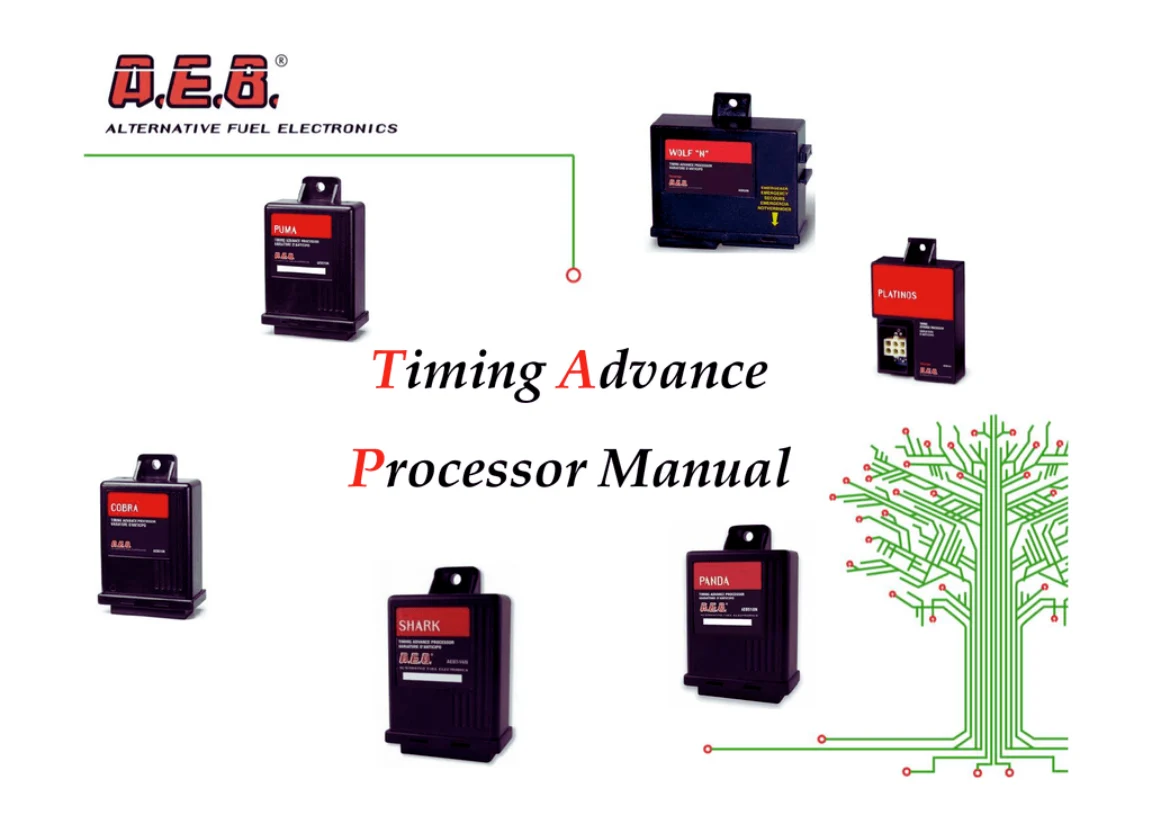What Is a Timing Advance Processor and How Does It Work?

Understanding how your vehicle’s engine performs is essential, especially if you’re passionate about performance or fuel economy. One component that often sparks curiosity is the timing advance processor. But what exactly is it, and how does it enhance your engine’s function? In this article, we break it down in simple terms to help you make informed decisions.
Introduction to Timing Advance Processor
A timing advance processor is an electronic device used in many modern vehicles to optimise ignition timing. Ignition timing refers to the precise moment the spark plug ignites the air-fuel mixture in your engine’s cylinder. The right timing ensures maximum power output, better fuel efficiency, and smoother engine operation.
The ignition timing controller adjusts this ignition timing by analysing signals from your engine’s sensors. By advancing the spark timing (making it occur a little earlier than standard), the engine can produce more power while using less fuel.
How It Works: The Basics
When your car’s engine runs, it goes through cycles of intake, compression, power, and exhaust. The spark plug needs to fire at the perfect moment during the compression stroke. If it’s too early or too late, the engine’s efficiency drops.
A timing advance processor collects data from sensors such as:
- Crankshaft position sensor
- Throttle position sensor
- Manifold pressure sensor
Using this information, the processor calculates the ideal moment to trigger the spark. By advancing the timing slightly (usually a few degrees before top dead centre), combustion becomes more efficient, improving both performance and economy.
Key Benefits of a Timing Advance Processor
Installing a timing unit can offer several benefits, especially for drivers who want better engine response or fuel economy. Here’s what you can expect:
- Improved acceleration: Quicker throttle response and smoother gear transitions
- Better fuel efficiency: More complete combustion reduces fuel consumption
- Enhanced power output: Maximised use of the air-fuel mix
- Lower emissions: Cleaner burn means fewer pollutants
- Custom tuning options: Great for enthusiasts who tweak their vehicles for specific needs
Timing Advance vs Factory Settings
Factory ignition settings are generally designed for safety, emission compliance, and a broad range of operating conditions. They are not always optimised for peak performance. A timing advance processor tailors these settings more precisely for your vehicle’s current conditions, offering significant gains without compromising reliability.
Who Should Use a Timing Advance Processor?
Not every vehicle needs a timing advance processor, but they are especially beneficial for:
- Modified or tuned cars
- Older vehicles without advanced ECUs
- Off-road or racing vehicles
- Drivers in high-altitude or varying climate conditions
If you’re unsure, consult with a professional mechanic or automotive technician to assess your car’s compatibility.
Installation: DIY or Professional?
While many timing advance processors are marketed as plug-and-play, proper installation often requires technical knowledge of your vehicle’s electrical and ignition systems. Incorrect installation can lead to:
- Engine misfire
- Increased wear and tear
- Faulty sensor readings
It’s always safer to let a qualified mechanic handle the job unless you’re experienced in engine tuning.
Are There Any Risks Involved?
As with any aftermarket upgrade, using a timing advance processor carries some minor risks, such as:
- Potential voiding of manufacturer warranties
- Compatibility issues with newer ECU-controlled engines
- Increased engine stress if overused or incorrectly tuned
However, when properly installed and used responsibly, it is generally a safe and effective upgrade.
Maintenance and Monitoring
Once installed, the timing advance processor usually requires minimal maintenance. However, regular engine check-ups and diagnostic scans are recommended to:
- Monitor ignition timing
- Ensure optimal sensor function
- Detect early signs of wear or malfunction
FAQs About Timing Advance Processors
Q: Will a timing advance processor work on all vehicles? A: No. It’s most effective on vehicles with older ECUs or those without dynamic timing control.
Q: Can it improve my car’s fuel economy? A: Yes, by optimising ignition timing, it helps burn fuel more efficiently.
Q: Is it legal to use a timing advance processor? A: Generally yes, but check your local vehicle modification laws to ensure compliance.
Q: How much does a timing advance processor cost? A: Prices range from $50 to $300, depending on brand and functionality.
Q: Can it damage the engine? A: Not if properly installed and used within safe tuning parameters.
Final Thoughts
A timing advance processor is a powerful tool for improving engine performance and fuel efficiency. While it may not be essential for every driver, those who seek more control and better response from their engine will likely find it worthwhile. As always, it’s crucial to understand your vehicle’s needs and consult with experts before making any upgrades.
By installing a timing advance processor correctly and maintaining it well, you can enjoy a smoother, more powerful driving experience while potentially saving fuel and reducing emissions.




